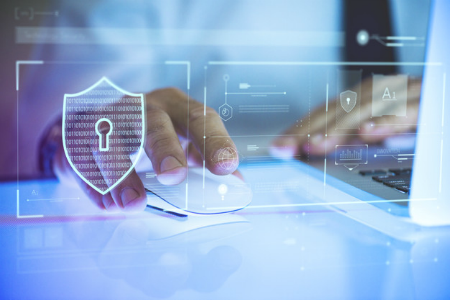Keeping Kids and Device Information at Home Safe
In today’s and age, the term “student safety” encompasses way more than their physical well-being as it now covers their activities online, private data, and their device information. In order to do this, precautions are needed both in school and even at home. This is to help ensure that all their online activities are safe.
While within school premises, IT administrators can protect students and their devices from threats such as data-mining, security breaches, and different kinds of malware. However, once they take their device outside, there is nothing the school systems and security tools can do.

Most home systems found in households do not use the same levels of protection as school systems do. This leaves students and their device information vulnerable. While schools need to pass several different compliance requirements such as the Children’s Internet Protection Act, the Family Educational Rights and Privacy Act, and the Children’s Online Privacy Protection Act, households simply do not have these.
But, this does not mean that parents or guardians cannot do anything in order to increase protection of their children and devices while at home. Here are 3 important steps that adults can take in order to prepare and safeguard their kids while they are connected to the internet:
- Use Built-In Protection Systems
- Communicating with your Child
- Never talk to strangers online.
- Do not agree to physically meet a person met online.
- Never agree to give out personal information such as full name, address, birthday, device information, phone number, or email.
- Avoid downloading files from unknown or unreliable sources.
- Home Filtering Solutions
Most systems and devices used in school and at home have built-in security systems. While basic and taken for granted, password-protection can go a long way in securing a device and personal information.
Other features such as 2-step verification can also protect personal and device information from unauthorized access. What happens here is even if someone else gets a hold of a child’s password, they will be prompted to enter a security code if they try to login to the account. The code is sent to a predetermined number or email address.
There are many security options offered by different devices and online service providers. It is wise to explore all these options and get familiar with them to help increase your child’s online safety.
The main reason why children are targeted by people with bad intentions is because they can be naive and trusting. They are children and they are not aware of the dangers of the internet yet. They do not have any experience or knowledge about good online practices. And it is up to you, the parent or guardian, to have this conversation with the child. Much like telling them to wear their helmet when riding a bike, online safety should be discussed and taught properly.
Some basic concepts include:
It can be helpful for parents to set ground rules for their kids when it comes to the internet. This includes having set hours when they would be allowed to go online or use their devices. It is also becoming a norm for parents to ask their children to use their devices in common areas so that they can be monitored for any danger.
Schools make use of security solutions that allow them to filter and monitor internet usage by students. While this may look like a huge and complicated solution for homes, it actually is not. There are solutions today that allow for parents or guardians to filter the content accessed by certain devices at home.
NuEDUSEC is a security solution designed for schools and learning institutions. It provides all the tools and features administrators and teachers will need in order to help student and device information security. If you are interested in a similar solution, you can request for a demo by contacting us today.